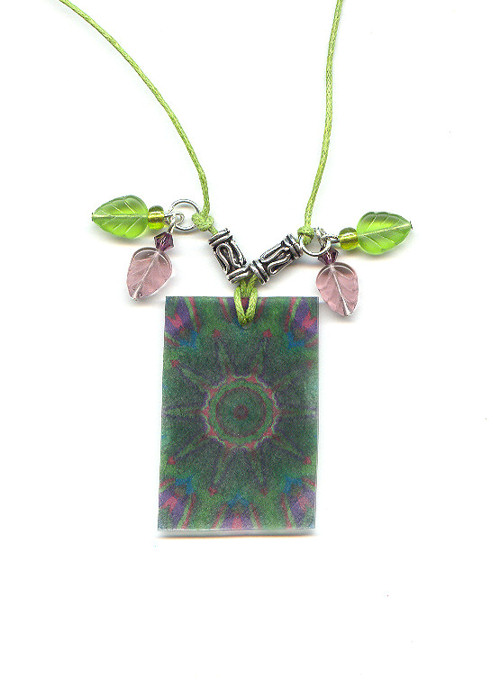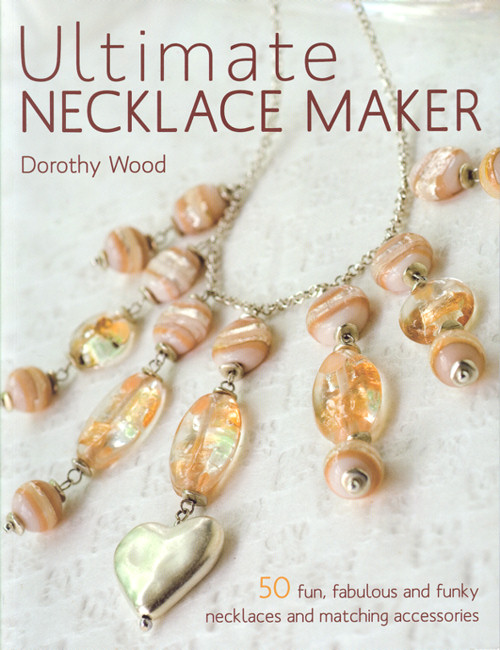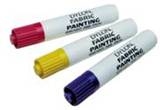Lobster clasp, bolt ring and tag or toggle clasp – which one should you choose?
Comments Off on Lobster clasp, bolt ring and tag or toggle clasp – which one should you choose?
Choosing a clasp for your jewellery may seem easy, but to get it right every time it is best to think about who will be wearing the jewellery you are making.
Avoid bolt rings and tags for anybody with dexterity issues. The bolt ring and tag clasp can be found on many pieces of jewellery but it can be extremely difficult to manipulate and is best avoided on jewellery made for older people or on bracelets. Typically you need two hands to hold back the bolt and line up with the tag clasp and so this clasp is better suited for necklaces.
Elements of Design – Which pattern formation should you choose?
Comments Off on Elements of Design – Which pattern formation should you choose?
Jewellery design work is very subjective, tastes vary considerably. And as the decades pass fashion plays and increasing roll in jewellery design. But whether classic or contemporary, 80’s big and bold or 30’s angular dimension, one thing you will have to decide upon in some kind of pattern formation.
A classic jewellery style will favour a symmetrical pattern. Symmetry is symbolic of a balanced life and many people will still gravitate towards a classic symmetrical style when selecting jewellery. A symmetrical pattern is considered safe. And will be favoured by a more conservative target audience.
Making jewelry pendants with shrink plastic
Comments Off on Making jewelry pendants with shrink plastic
Of late there has been a real resurgence of the use of shrink plastic in the design of jewellery. Shrink plastic, sold under several brand names, was once seen as a crafting medium for small children. Now this versatile medium is being used by those of us interested in making jewellery to add a new dimension and depth to our designs.
To use the shrink plastic, just draw an image on to the plastic sheet, cut out your shape and bake in an oven or use a heat gun to shrink.

On this project we have taken an image and manipulated it in a graphics package to get the desired effect. We have then printed the image via our computer printer directly onto the shrink plastic. (It should be noted here that if you choose to do this we recommend using an old printer or a printer which is not particularly valuable as damage to the printer could occur if the plastic gets stuck in the machine.)
Our image is cut into a plain pendant shape and hole in punched into the plastic before baking in an oven.
We have then decorated the pendant with some co-ordinating beads and used a sliding knot and linen cord.

Note.
Please follow the manufacturer’s instructions and guidance which come with your shrink plastic.
The Free Sample which Isn’t So Free
This is a psychological ruse you can use at craft fairs and parties; it’s the psychological rule of reciprocation and here is how it can work to your advantage.
One key way to get instant jewellery sales
Comments Off on One key way to get instant jewellery sales
The fear of loss or losing out on something is a very powerful psychological tool. It is so powerful that some business models (and in particular some jewellery selling models) are based upon it.
Think about home shopping channels and their “one time only price” or their “today’s special value price..” The top selling product at QVC is jewellery and they use these techniques to sell lots of it.
How to make a sliding knot necklace.
Comments Off on How to make a sliding knot necklace.
You may have seen them on holiday, I know I have – waxed cord necklaces with a focal bead or pendant where you can adjust the length by tightening a sliding knot.
This is a great idea for making the most of the those extra special beads which you may have lying around that you felt were too special for a regular charm bracelet or a necklace where they might get “lost.”
New Jewellery Making Book
The Ultimate necklace maker by Dorothy Wood, is a book published at the end of August 2009, that will be a great addition to any jewellery maker’s collection source materials.
From the single strand necklace to the recently favoured lariat, beading expert, Dorothy Wood, shows readers how to make up to the minute fashion style jewellery, ensuring that the reader is spoilt for choice. This is a great book to dip into when you are wanting inspiration for your own jewellery designs.

You can purchase Dorothy’s book from Amazon:
| UK/EU Customers | USA/Canada Customers |
Craft products to dye for
Dylon haves some great easy to use fabric pens which make crafting a “doodle.” Create your own designer t shirts or decorate those boring shopping bags with your handy artwork. And whilst you are at it, if you have your own website, don’t forget to personalise accessories with your web address. It’s great free advertising.

You can get some plain t shirts and shopping bags from.
http://shop.thecleverbaggers.co.uk/store/pc/viewCategories.asp?idCategory=3
You can find Dylon fabric pens at Hobbycraft, John Lewis and Dunelm Mill Shops
All about stringing
The oldest method of wearing beaded jewellery is to string the beads together. Many different types of thread can be used, but some of most common ones are silk thread, cotton thread, nylon, and nylon coated wire. Necklaces strung on coated wire based threads are stiffer and do not drape as well as those strung on silk or nylon, so you really need to think about your necklace or bracelet design before you choose your thread.
Memory Wire
Memory wire is a great way to create instant designs and showcase your beads.
Memory wire is a tempered stainless steel wire which holds its shape. It’s is bought in coils and usually comes in three different varieties; a necklace size, a bracelet size and a ring size.



 Click
Click